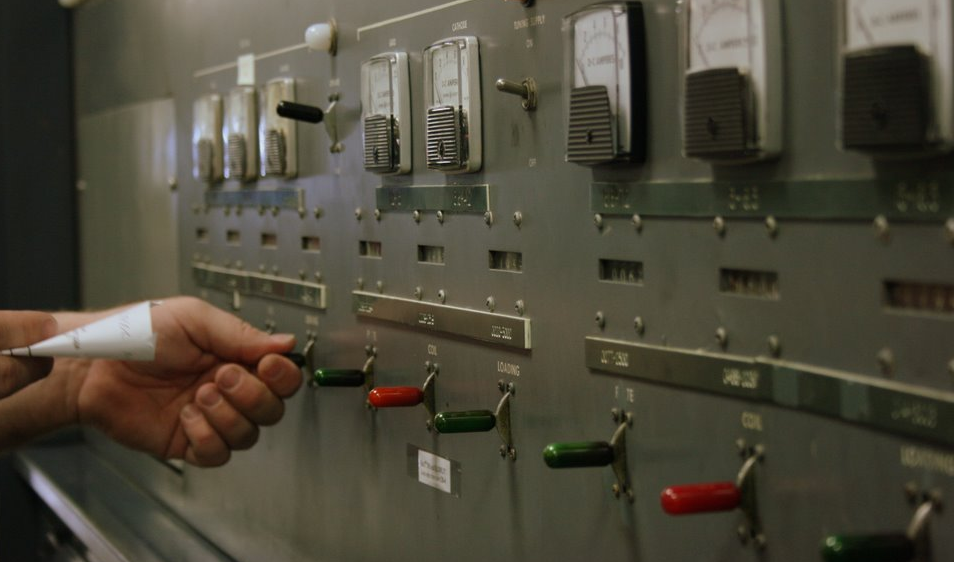Europe 1 Longwave End of Broadcasting: December 31, 2019
/Live off-air recording of the last approximately one hour of programming from the Europe 1 longwave station on 31 December 2019 beginning at 21:30:42 UTC on the frequency of 183 kHz. The signal originated from a 750 kW transmitter (perhaps operating at 375 kW; one of two capable of a joint power of 1500 kW) located between the villages of Felsberg and Burus in the municipality of Überherrn in Saarlouis, Germany, about 1 km from the French border.
Europe 1 is a primarily news and talk station owned by Lagardère Group with programming originating in Paris. It has an extensive FM network covering France and will soon be on DAB+. The longwave station has operated for the past few years using one or two of a pair of 750 kW transmitters and a two-mast antenna originally designated as the reserve antenna (the original four-mast antenna and the old transmitter in the original transmitter hall were all decommissioned following an antenna mast accident). The new transmitting facility was operated remotely by BCE (Broadcasting Center Europe) from Luxembourg.
The final hour of programming was the phone-in help program "Antenne Libre" with Olivier Delacroix.
The broadcast was received by the Web-interface wideband software-defined radio at the University of Twente in Enschede, The Netherlands, with a "Mini-Whip" antenna in AM mode with 9.00 kHz RF filtering.






















